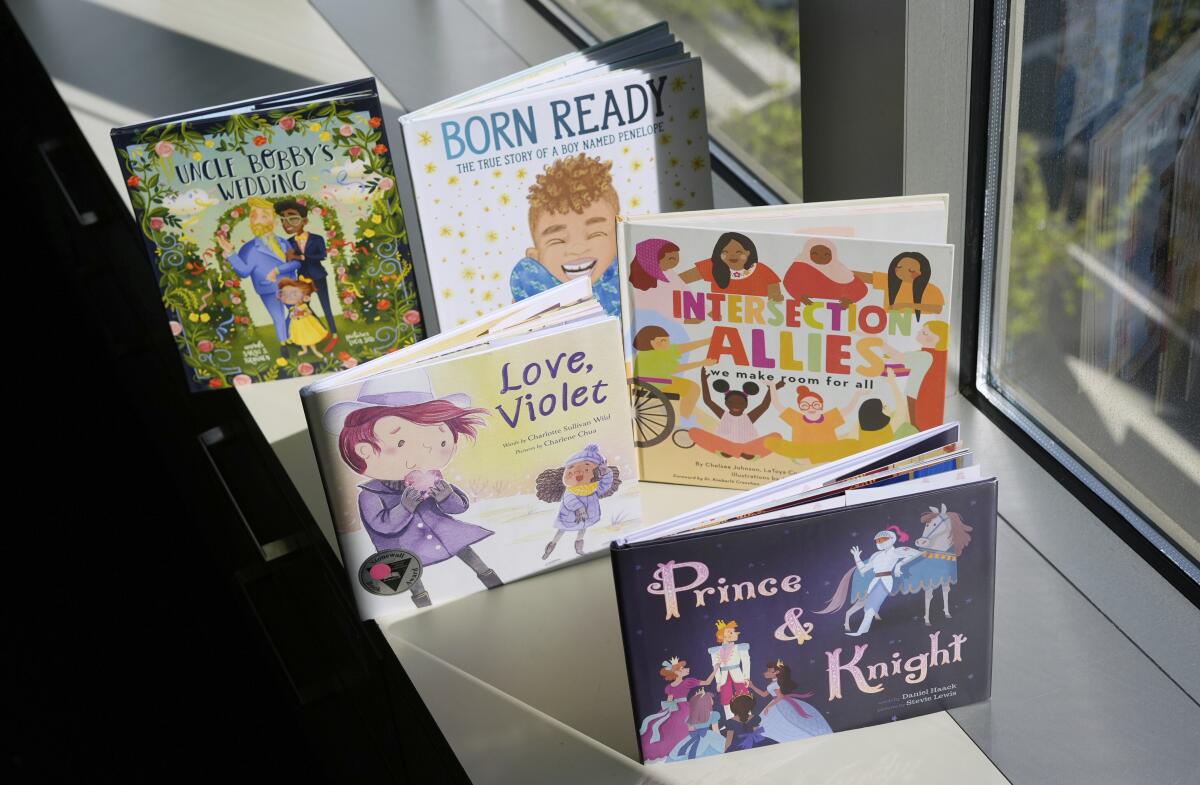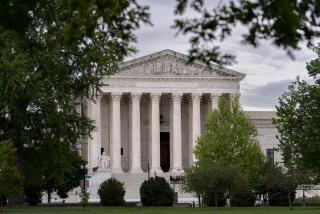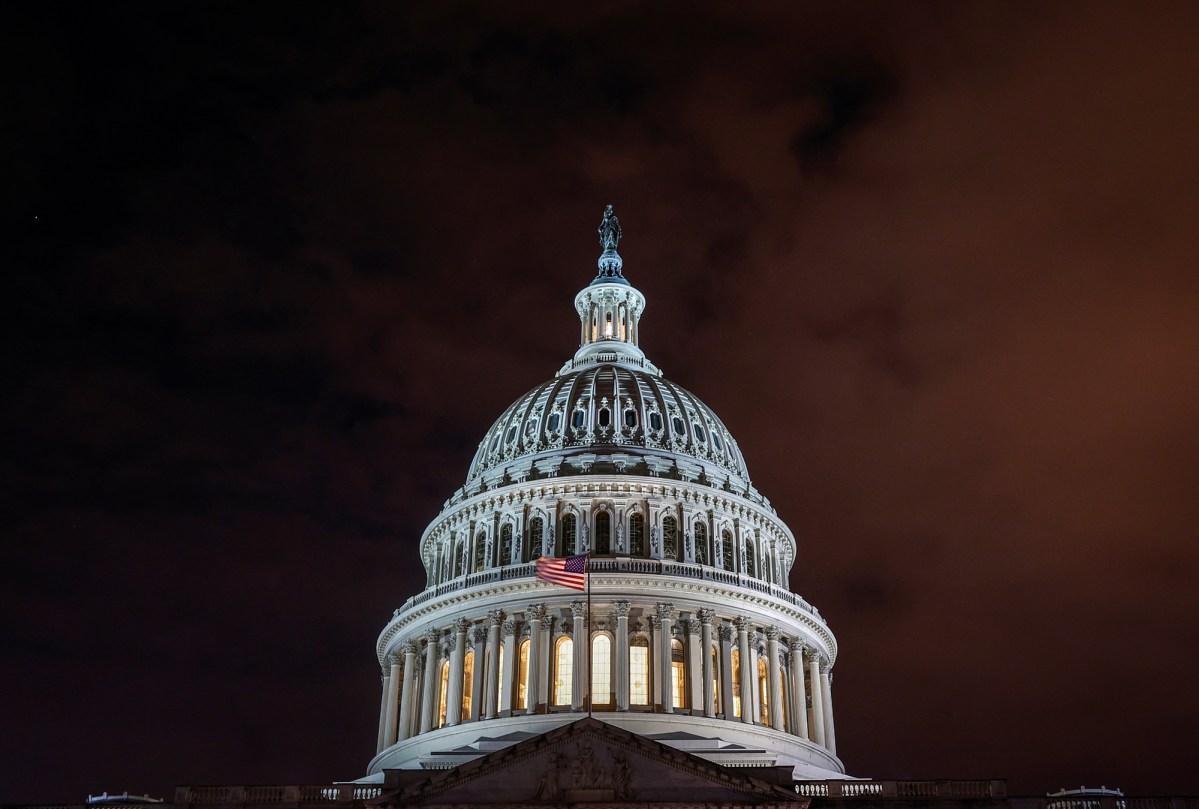Typically, the Supreme Court does not rule on picture books. However, a majority of justices decided on Friday that parents can remove their children from classes that violate their religious convictions, bringing the vibrant pages of books like Pride Puppy and Uncle Bobby’s Wedding into the stoic public domain of the country’s top court.
The decision came about as a consequence of a lawsuit filed by parents in Montgomery County, Maryland, who wanted to take their kids out of classes where LGBTQ+ storybooks were read aloud in kindergarten through fifth grade. The district’s attempt to include LGBTQ+ families in the English language arts curriculum included the novels.
The Supreme Court decided in a 6-3 ruling that parents might have their children temporarily taken from school if they were not informed beforehand when one of the contested storybooks would be used in their child’s class. Three liberal members of the court dissented.
Politics
A significant win for parents’ rights is handed down by the Supreme Court.
The justices and the parents’ attorneys thoroughly explained the plots of nine picture books that were a part of Montgomery County’s new curriculum in their rulings, briefs, and petitions. Justice Sonia Sotomayor even fully replicated Uncle Bobby’s Wedding in her dissent.
The nine books that were the focus of the case are as follows:
Robin Stevenson is the author of Pride Puppy.Created by Julie McLaughlin
Pride Puppy, a rhyming alphabet book for young children, tells the story of a young girl who, while enjoying a Pride parade, loses her puppy. The novel, which is also available as a board book, asks readers to identify objects that begin with each letter of the alphabet, such as apples, baseballs, and clouds, in addition to objects that are particularly unique to a Pride march.
In their brief, the parents’ attorneys stated that the students, who are hardly old enough to tie their own shoes, are invited to look for pictures of sex workers and controversial LGBTQ activist Marsha P. Johnson, as well as lingerie, leather, lip rings, [drag] kings and [drag] queens.
The underwear in question is a pair of green briefs that an older youngster wears over tights as part of a vibrant ensemble, and the leather in question is a mother’s jacket.
During the court struggle, the Montgomery County Public Schools ceased to teach Pride Puppy.
California
Children’s book sales are suffering as a result of book bans. As they prepare for resistance from the culture war, schools and libraries are not purchasing literature about racism and LGBTQ+ issues.
Violet, loveCharlene Chua, illustrator; Charlotte Sullivan Wild, author
According to the story, Violet, a young child, has a crush on Mira, a classmate who made Violet’s heart skip a beat with her leaping giggle. However, Violet becomes silent and bashful whenever Mira tries to speak with her.
Violet creates Mira a unique Valentine’s Day card. The valentine is crushed in the snow as Violet musters the guts to offer it to her. Nevertheless, Mira adores it and gives Violet a unique present in the form of a necklace with a violet inside. The two girls embark on a journey together at the book’s conclusion.
The parents’ attorneys characterize Love, Violet as a book about a playground relationship between two young girls of the same sex. According to what they wrote, teachers are urged to ask kids to think aloud about what it’s like to like someone rather than merely like them.
The Real Story of a Boy Named Penelope: Born ReadyJodie Patterson wrote this.Charnelle Pinkney Barlow, illustrator
Five-year-old Penelope in Born Ready was born a girl, but she is positive that she is a guy.
I don’t want to be you, Mama, even though I adore you. I’d like to be Papa. Tomorrow will make me look like you, so I don’t want it to come. Mama, please assist me. Penelope tells their mother, “Help me be a boy.” Penelope’s mother informs them, “We’ll plan to tell everyone we know,” and they celebrate with a lavish party.
According to Sotomayor’s dissent, Penelope’s mother responds to her brother’s mistrust by saying, “Not everything needs to make sense.” This has to do with love.
Lawyers for the families stated in their opening brief that teachers are instructed to teach children that although people make assumptions about our gender at birth, we are the ones who know us best.
Knight and PrinceDaniel Haack is the author.Stevie Lewis, illustrator
In the tale Prince and Knight, a prince falls in love with a knight against his parents’ wishes for him to find a spouse. They defeat a dragon together. The prince is rescued by his knight on horseback after he falls from a high height.
The king and queen were ecstatic when they learned of their love. Finally, we’ve found the right person for our boy! The prince and his brilliant knight have a magnificent wedding and lead a happy life together.
According to Justice Samuel Alito, who authored the majority opinion, the book Prince & Knight makes it abundantly evident that same-sex marriage should be celebrated by all. This is a troubling message for Americans whose religious beliefs dictate that same-sex marriage is improper.
Such a celebration may be interpreted as having moral overtones by young children, who are the target audience for this and the other storybooks, according to Alito. Isn’t this same-sex marriage a fantastic thing in every way if it makes everyone happy and causes everyone to celebrate with joy?
Uncle Bobby’s WeddingSarah S. Brannen is the author.Lucia Soto, illustrator
A young girl named Chloe finds out that her favorite uncle is engaged to his partner, Jamie, in Uncle Bobby’s Wedding. She first fears that her tight relationship with her uncle would change as a result of the marriage. However, she quickly accepts the delight and celebration of having another uncle through the relationship.
According to Alito, who wrote the majority opinion, the book conveys to kids the idea that two people can marry as long as they are in love, regardless of whether they are the same sex or not. That frame of view is completely at odds with the religious values that the parents in this instance want to inculcate in their kids. He claimed that when the exact opposite message is favorably repeated in public school classrooms from an early age, parents’ ability to teach their children a distinct moral message is compromised.
Because the majority selectively extracts the book to recast its plot, Sotomayor includes the full book in her dissent.
She claims that the majority’s thinking shows how it fails to acknowledge and take into consideration a basic reality: LGBTQ persons exist. They are present in almost every company and society, regardless of size. Removing books that show LGBTQ people being contentedly accepted by their families won’t stop students from being exposed to that idea.
Jacob’s Room for SelectionSarah Hoffman and Ian Hoffman wrote this.Chris Case, illustrator
Jacob s Room to Choose is a follow-up to Jacob s New Dress, a picture book listed as one of the American Library Assn. s top 100 banned books of the last decade.
When Jacob tried to use the boy’s restroom while wearing a dress, two young boys stood in the doorway and stared at him. That gaze meant something to Jacob. He turned and bolted outside. The same thing happens to his friend Sophie, who presents as a boy and is chased out of the girl s bathroom.
Their teacher encourages the whole class to rethink what gender really means. The class decides everyone should be able to use the bathroom that makes them feel comfortable, and makes new, inclusive signs to hang on the bathroom doors.
After relabeling the bathroom doors to welcome multiple genders, the children parade with placards that proclaim Bathrooms Are For Every Bunny and [choose] the bathroom that is comfy, lawyers for the parents wrote.
IntersectionAllies: We Make Room for AllAuthor: Chelsea Johnson, LaToya Council and Carolyn ChoiIllustrator: Ashley Seil Smith
IntersectionAllies, written by three sociologists, is a story about characters with different identities, including one who uses a wheelchair, and another, Kate, who identifies as transgender. One page shows Kate in a gender-neutral bathroom, saying, My friends defend my choices and place. A bathroom, like all rooms, should be a safe space.
In the majority opinion, Alito describes a discussion guide included with the book that he said asserts: When we are born, our gender is often decided for us based on our sex . . . . But at any point in our lives, we can choose to identify with one gender, multiple genders, or neither gender. The guide asks readers, What pronouns fit you best? Alito wrote.
What Are Your Words?: A Book About PronounsAuthor: Katherine LockeIllustrator: Anne Passchier
What Are Your Words is a picture book about a child named Ari whose pronouns are like the weather. They change depending on how I feel. And that s ok, because they re my words. Ari s Uncle Lior (who uses they/them pronouns) is coming to visit, and Ari is struggling to decide which words describe them.
The child spends the day agonizing over the right pronouns, the lawyers for the parents wrote. At the end, while watching fireworks, Ari says, My words finally found me!Theyandthemfeel warm and snug to me.
My RainbowAuthor: DeShanna Neal and Trinity NealIllustrator: Art Twink
My Rainbow tells the true story of a Black child with autism who self-identifies as a transgender girl. Trinity wants long hair, just like her doll, but has trouble growing it out. The mother decides that her child knows best and sews him a rainbow-colored wig, lawyers for the parents wrote.
The Montgomery County Public Schools alsostopped teaching My Rainbowduring the course of the lawsuit.
This article is part of The Times early childhood education initiative, focusing on the learning and development of California children from birth to age 5. For more information about the initiative and its philanthropic funders, go tolatimes.com/earlyed.










